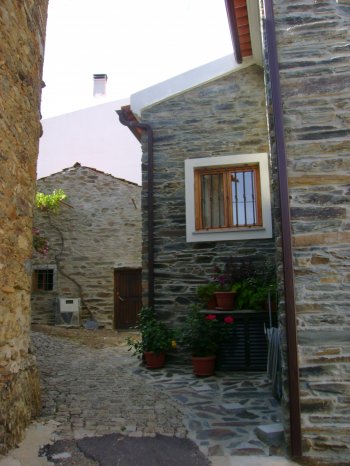Explore the best places
Discover new places in Proença-a-Nova
Serra das Talhadas
- country
Sobral Fernando
6150, Proença-a-Nova
This mountain range connects Alto Alentejo to Beira Baixa, stretching 27 km and measuring almost 2,500 m wide. Its slopes sometimes exceed 50%. It runs through Proença-a-Nova, Vila Velha de Ródão, and Nisa and is traversed by the deep epigenetic valleys of the Tagus and Ocreza rivers. Four geomonuments of the Naturtejo Geopark of the Southern Plateau can be seen in this mountain range.
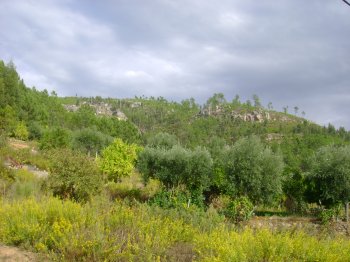
Moinho de Vento do Pergulho
- heritage
Pergulho
6150-353, Proença-a-Nova
This imposing mill, beautifully restored by Alfredo Almeida, is surrounded by beautiful scenery. The interior can be visited: below, grain was produced, and above, the wheel mechanism can be seen.
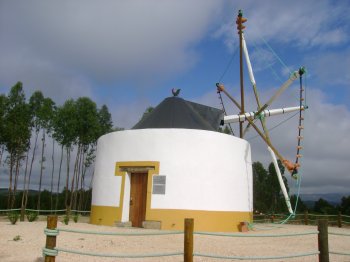
Ulmeiro
- country
Sobreira Formosa
6150, Praça do Comércio
Elm classified as a Living Monument of Public Interest. These trees can reach up to 30 meters in height, and their flowers, though scarce, can produce nuts. The wood from this type of tree is often highly sought after for making furniture, carpentry, or naval purposes.
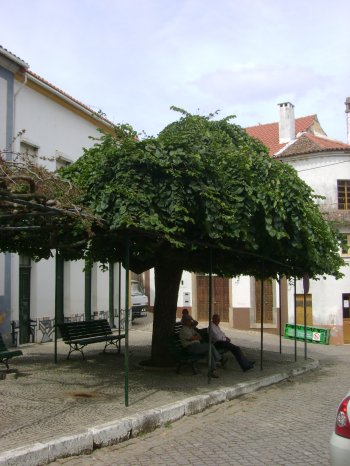
Praia Fluvial de Aldeia Ruiva
- beach
Praia Fluvial de Aldeia Ruiva
6150, Proença-a-Nova
Aldeia Ruiva River Beach is a landmark in this region, especially in the summer. The natural beauty of the site is there for all to see. The entire space was designed to serve its users. It features a landscaped area and a sandy area, with plenty of shade and places to relax, as well as a playground, picnic area, and rural campsite. It also has a bar, changing rooms, and parking. This beach has been classified as accessible and received the "Accessible Beach, Beach for All" award.
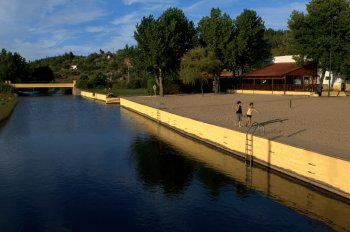
Praia Fluvial de Alvito da Beira
- beach
Praia Fluvial de Alvito da Beira
6150, Proença-a-Nova
Located in a valley just outside the village, it was carefully designed to provide moments of leisure and relaxation. Visitors can enjoy plenty of shade, enviable water quality, or even set off on the Short Route Hiking Trail.
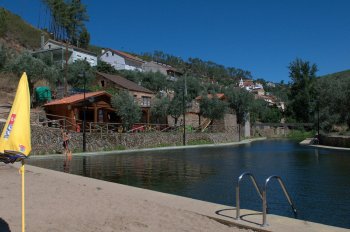
Miradouro do Almourão e da Menina dos Medos
- country
- leisure
Sobreiro Fernando
6150, Proença-a-Nova
Viewpoint overlooking the Portas de Almourão. These are two quartzite peaks, one on each side of the Ocreza River, through which waterways have carved their way, forming this irregular landscape.
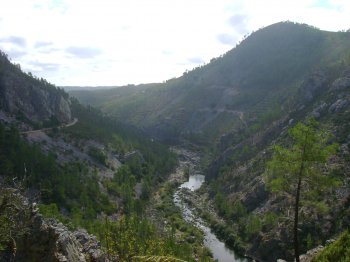
Centro Ciência Viva da Floresta
- heritage
EN241, 97
6150-345, Proença-a-Nova
A center dedicated to promoting the forest and its importance as a source of knowledge, it hosts numerous initiatives and interactive experiences that incorporate science and culture. It features a laboratory and a media library.
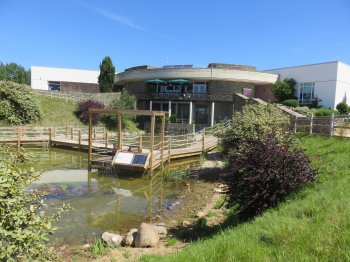
Oliveiras
- country
- heritage
Oliveiras
6150, Proença-a-Nova
A typical Beira village, located just nine kilometers from Proença-a-Nova. The houses are made of schist, and the streets are typically narrow. Friendliness and hospitality are two inescapable characteristics of this village's population. It has nine houses that can be rented for one or more nights. The stay includes regional bread, typical local cheese, olive oil from Oliveiras olive trees, and firewood to keep your home comfortable. Activities are numerous and include outdoor activities.
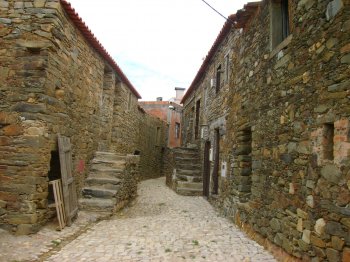
Cova de Alvito
- country
- heritage
Cerejeira
6150, Proença-a-Nova
For several years, this village lay uninhabited, until, little by little, houses were purchased for restoration, others were meticulously rebuilt, never forgetting the shale, traditional tile roofs, and wood. The fountain has been restored; the energy is alternative, as it has no electrical grid. It's another ideal village for those seeking peace, quiet, and tranquility.
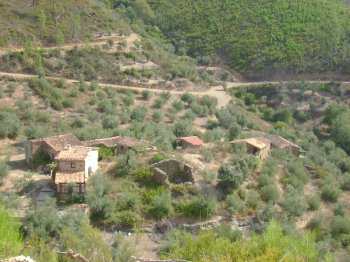
Alvito da Beira
- country
- heritage
Alvito da Beira
6150, Proença-a-Nova
The village of Alvito da Beira is believed to be of Moorish origin. According to historians, it was the Arabs who introduced the first olive groves to the region. These reached such a size that by the early 20th century, there were 10 olive presses in the parish. Small walls were built to protect the olive trees, of which traces still remain. In terms of architectural heritage, the main church, cross, old fountain, Mó fountain, Dáspera fountain, and Sobrainho fountain stand out. Crafts include weaving, tinsmithing, hand-made shoemaking, and blacksmithing.
